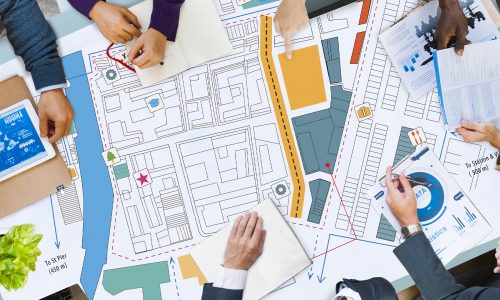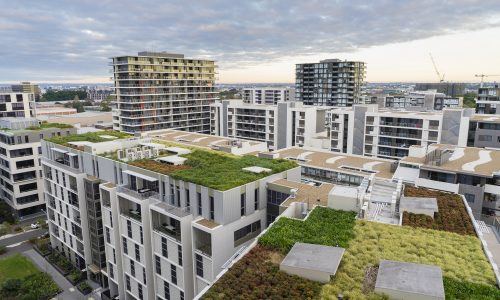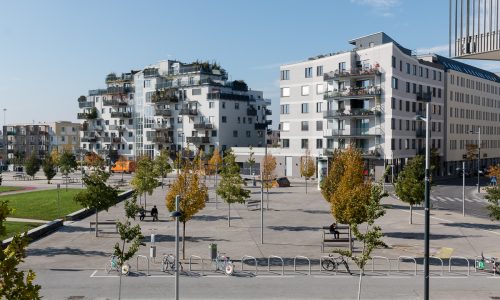Faults and defects in the waterproofing layer of the building envelope
The waterproofing layer protects the building from the ingress of water and moisture into the structure. It is used wherever the structure is stressed by water, moisture or steam. In older buildings, the areas hit hardest are roofs, balconies, loggias and foundations. Asphalt strips, often ...
Technical condition of buildings and common defects – humidity
Falling plaster, floor cupping, damp stains, mold on the walls or floors – sounds familiar? All the above phenomena have one common denominator – water (increased indoor humidity). The issue of humidity in interiors and structures is addressed by the building physics. When designing new ...
Technical condition of buildings and common defects – structural soundness and uneven settlement of buildings
In the previous article, we acquainted you with the common defect of buildings. These defects include problems with structural soundness of the building, humidity, leakage of balconies and roofs, failures of internal and external wiring, renewal of technological equipment, insulation of the building and replacement ...
Technical condition of buildings and frequent defects
What are the most common building defects we encounter in the original buildings dating from the 1960s and the 1970s? Issues and problems of buildings and structures which have not yet undergone a major renovation to date. Defects were usually overlooked or there was not ...

Ongoing activities of territorial development management
Spatial planning (hereinafter referred to as SP), the concept introduced in the previous issues of our magazine, is an integrative system which systematically and comprehensively addresses spatial organization and functional use of territory and coordinates activities affecting the environment, ecological stability, cultural and historical values ...

Interdisciplinary issues of spatial planning
Spatial planning – most imagine space / interior planning under this term. However, the opposite is true. The spatial planner plans the “exterior”, i.e. zones, municipalities, cities, regions. In layman’s terms, the spatial planner is an expert who ensures that we have a place to ...

Current trends in global development and future challenges
Smart City, the concept introduced in the previous articles, is a new approach to the sustainable development of urban regions, cities and municipalities, their management and spatial and strategic planning. As its name suggest, Smart City focuses on urban innovations. Since 2017, almost all cities ...

Urban Innovations as a Reflection of a Need to Adapt to Detrimental Aftermath of the Global Change
In this article we address yet another fundament of space planning, and that is country planning. In the previous article we scoped on the phenomenon of living urban laboratories, where specific case form Vienna showed us several urban innovations implemented in the zone in question. ...

“Living Lab” concept as in inspiring vision of sustainable urban development of 21st century
In the previous article we have introduced you to the matter of social innovations and citizen participation on the creation of sustainable environment. As a follow up we bring a case study from a close foreign country and we shall look into the next part ...

Social innovation and participation of residents in creation of sustainable environment
Since their erection, cities and municipalities themselves face many traps and solve numerous problems each day. The 21st century brings forth new city-planning and rural challenges, such as climate change, globalisation, demographic changes, competitiveness of cities and municipalities, and many other issues of sustainable development. ...

